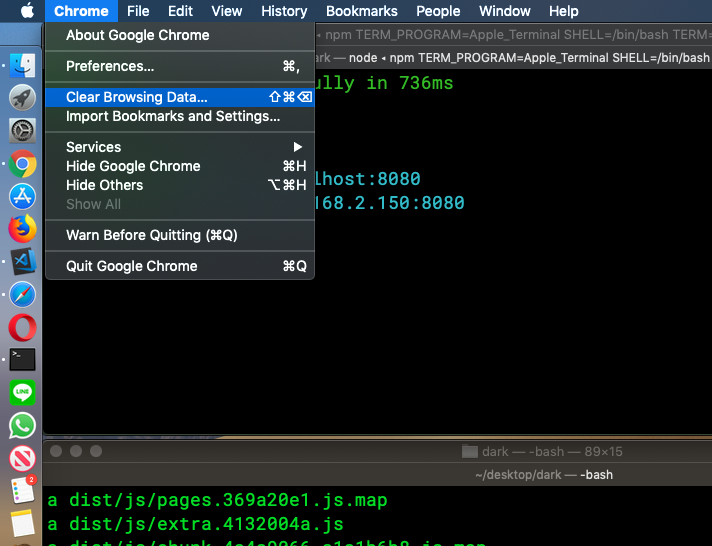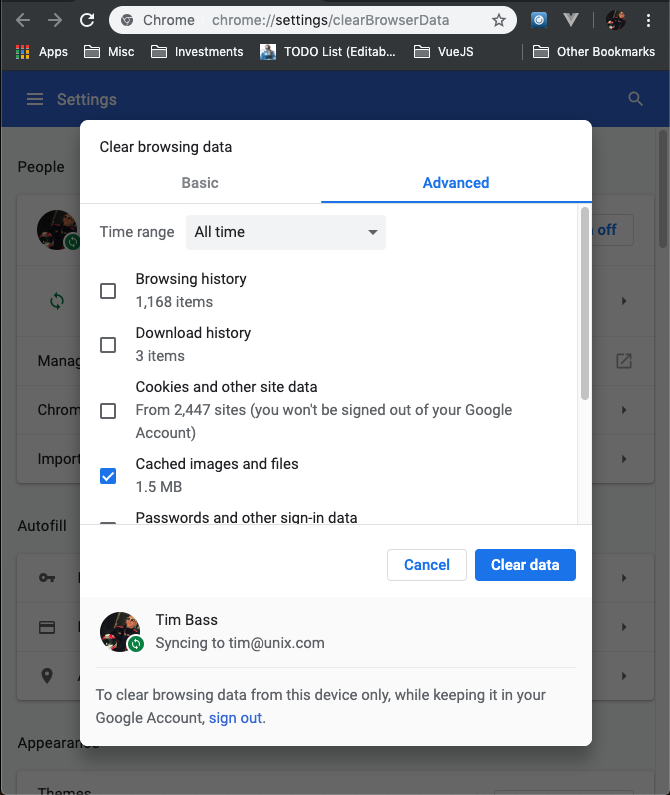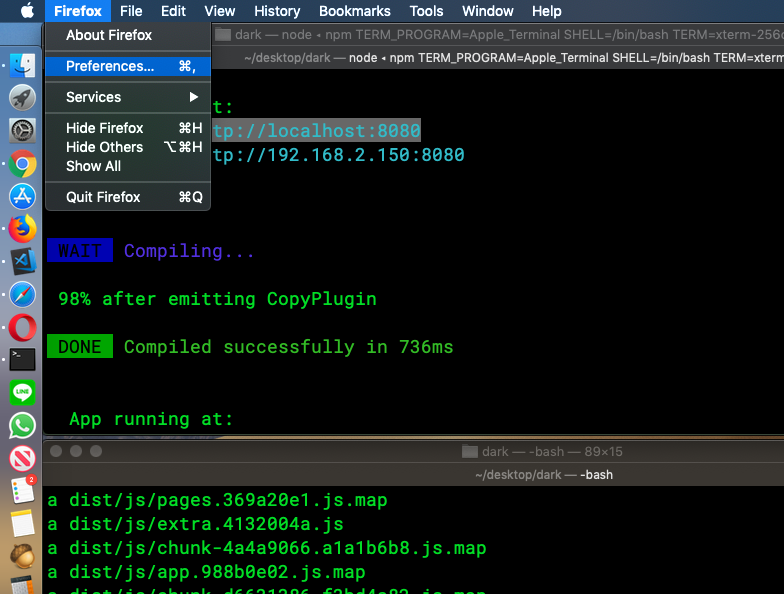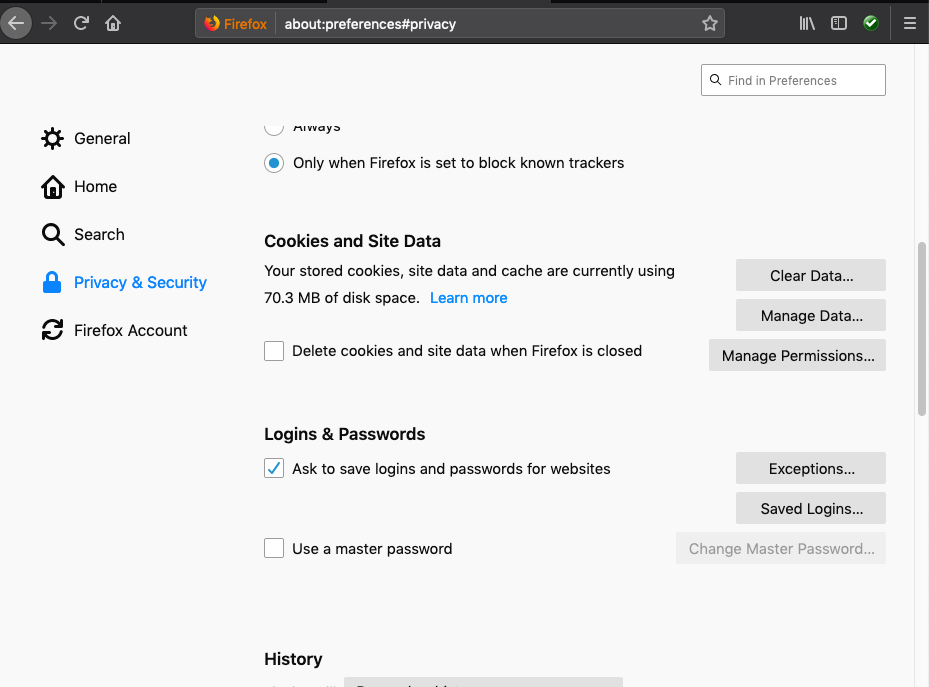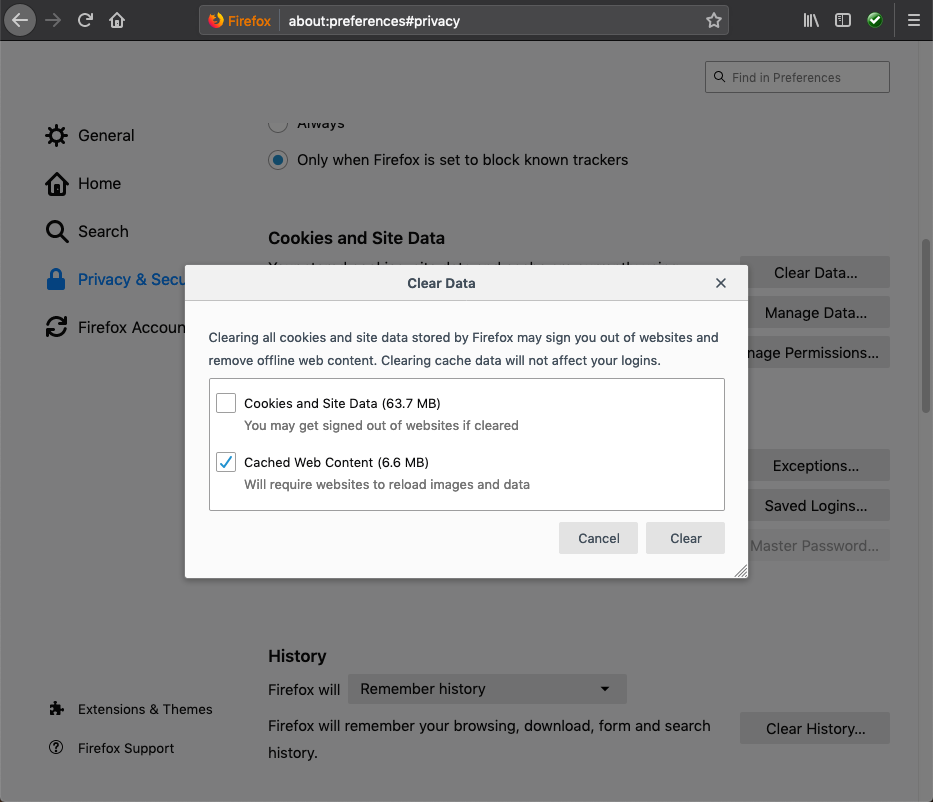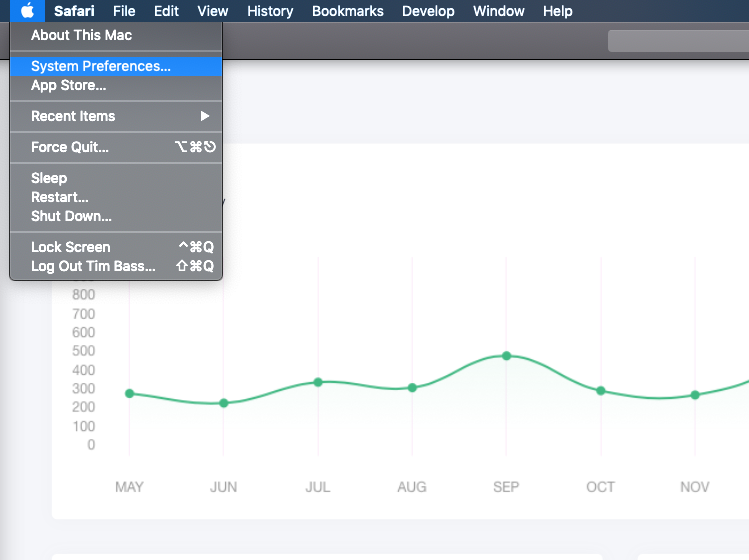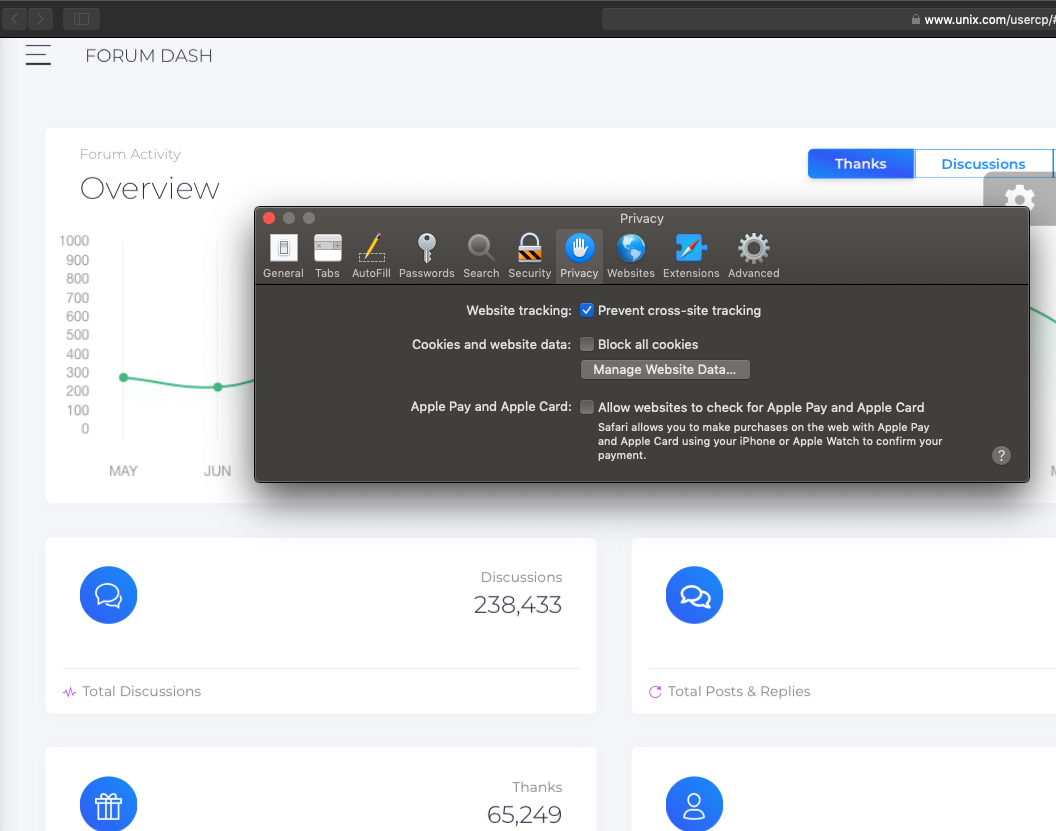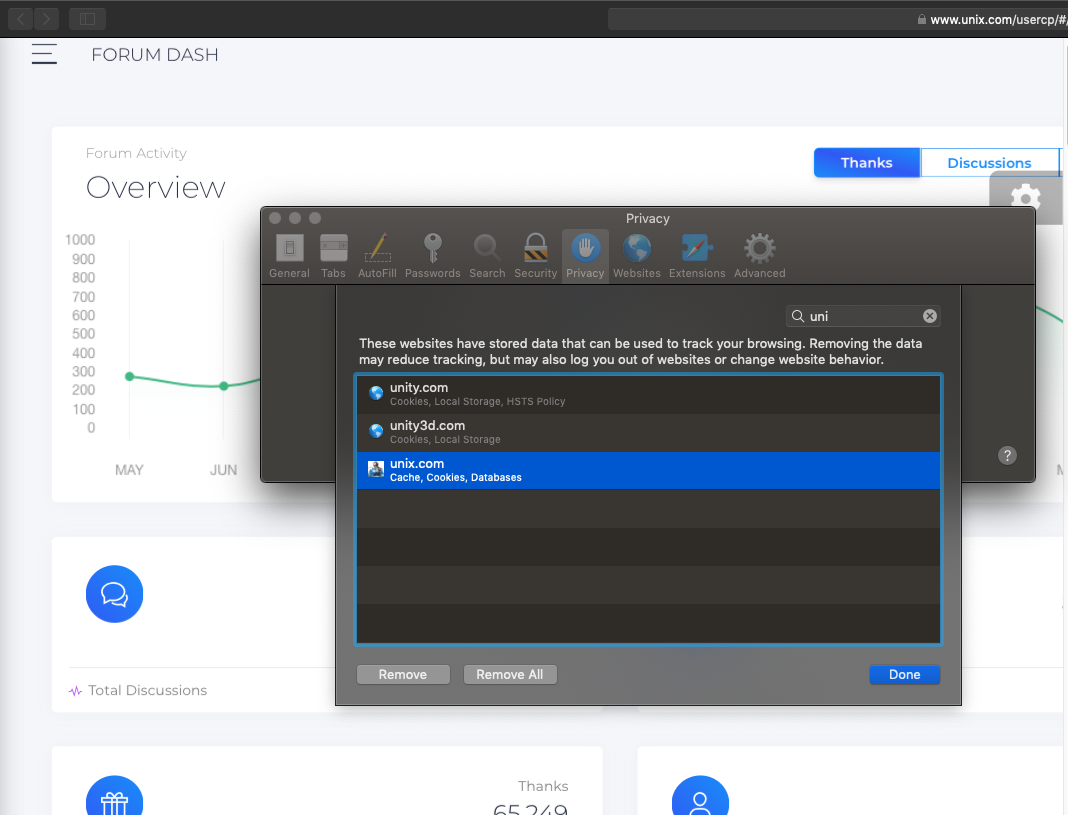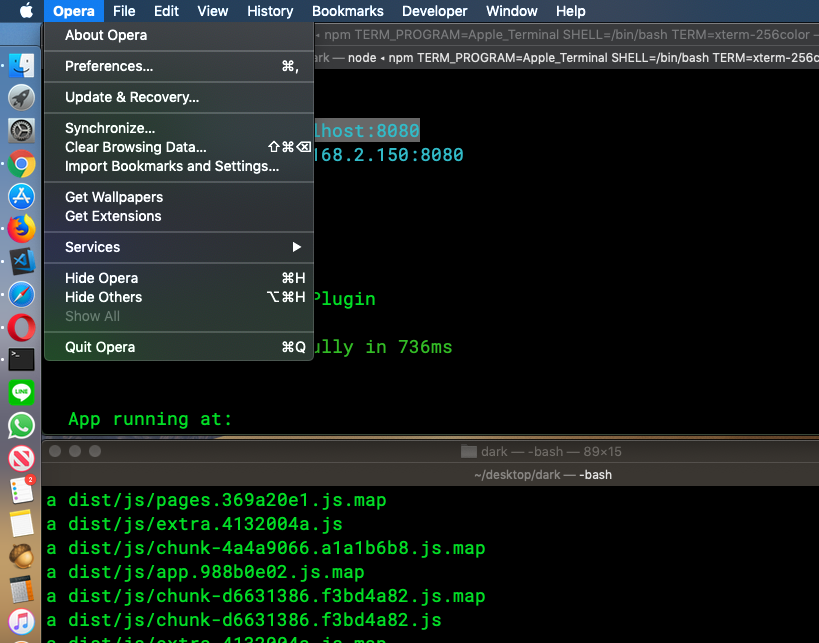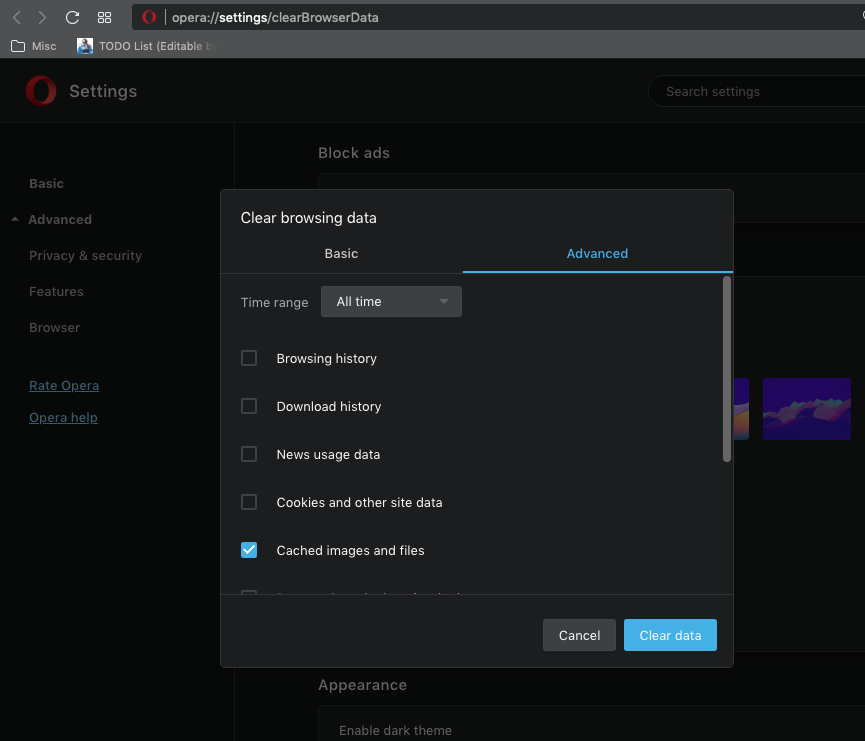|
|
Sponsored Content
The Lounge
What is on Your Mind?
Instructions to Clear Data Cache in Safari, Chrome, Firefox, Opera Browsers (Pictures)
Post 303033247 by Neo on Tuesday 2nd of April 2019 05:54:34 AM
|
|
7 More Discussions You Might Find Interesting
1. UNIX for Dummies Questions & Answers
I have an Ingres database logfile that grows constantly, iircp.log. It is always "attached" to the Ingres process that uses it, and I do not want to screw up the data. I have been copying it to another directory and then using vi on the original to reduce the size 34000 lines at a time. What I want... (1 Reply)
Discussion started by: sarge
1 Replies
2. Linux
Hi all
I saw in Microsoft web site www.SysInternals.com a tool called CoreInfo from able to print out on screen the size of the Data and Instruction caches of your processor, the Locigal to Physical Processor mapping, the number of the CPU sockets. etc..
Do you know if in Linux is available a... (2 Replies)
Discussion started by: manustone
2 Replies
3. Red Hat
Hi
I am running in Issue that my total system RAM is 8GB. If I run command
free -m I get 6.0 Gb RAM
free -m
total used free shared buffers cached
Mem: 7554 5928 1626 0 123 4798
-/+ buffers 1006 ... (3 Replies)
Discussion started by: osamamunir
3 Replies
4. Shell Programming and Scripting
I am facing a strange issue with wget.
I am not able to get the same data that I can get from my firefox web browser. I tried setting the user agent to firefox but i am still not able to get the same data.. Hope anyone can help point me to the correct direction.
This is the command i used :... (0 Replies)
Discussion started by: Leion
0 Replies
5. UNIX for Dummies Questions & Answers
hello,
/dev/dsk/c0t0d0s0 mounted on /
it shows 95% full
what steps i need to follow in order to clear data???
what files i need to clear???
thanks in advance (2 Replies)
Discussion started by: mtunganati
2 Replies
6. Red Hat
There is a solution but it seems that it works only once - the first run (adding to a shortcut LD_PRELOAD=$HOME/linusmemcpy.so /usr/bin/firefox &) . Then an error occurs:
Failed to execute child process "LD_PRELOAD=$HOME/linusmemcpy.so" (No such file or directory)
linusmemcpy.so exists in the... (0 Replies)
Discussion started by: Xcislav
0 Replies
7. Solaris
hi all,
i have noticed that my server has 64 GB RAM and i have application in this server but the server has free memory only 15% and utilized 85% however it didn't eat from swap .
does any parameter can be configured in kernel to make the system clear memory from cache like linux
i found... (4 Replies)
Discussion started by: maxim42
4 Replies
LEARN ABOUT DEBIAN
imgsizer
IMGSIZER(1) IMGSIZER(1) NAME
imgsizer - automatically splice in height and width params for HTML IMG tags SYNOPSIS
imgsizer [-d file] [--document-root file] [-h file] [--help file] [-n] [--no-overwrite] [HTMLFile] [-v file] [--version] OPTIONS
Display version information and exit. Display usage information. Directory where absolute image filenames (i.e, ones which contain a leading "/") may be found. -n, --no-overwwrite, .SH DESCRIPTION The imgsizer script automates away the tedious task of creating and updating the extension HEIGHT and WIDTH parameters in HTML IMG tags. These parameters help many browsers (including the Netscape/Mozilla family) to multi-thread image loading, instead of having to load images in strict sequence in order to have each one's dimensions available so the next can be placed. This generally allows text on the remainder of the page to load much faster. This script will try create such attributes for any IMG tag that lacks them. It will correct existing HEIGHT and WIDTH tags unless either contains a percent (%) sign, in which case the existing dimensions are presumed to be relative and left unaltered. This script may be called with no arguments. In this mode, it filters HTML presented on stdin to HTML (unaltered except for added or cor- rected HEIGHT and WIDTH attributes) on stdout. If called with file arguments, it will attempt to transform each file in place. Each argu- ment file is not actually modified until the script completes a successful conversion pass. The -d <directory> option sets the DocumentRoot, where images with an absolute filename (i.e., ones which contain a leading "/") may be found. If none is specified, the DocumentRoot defaults to the current working directory. The -n (no-overwrite) opion prevents the program from overwriting existing width and height tags if both are present. Additional options may also be specified in the environmental variable "IMGSIZER". For example, to avoid typing "imgsizer -d /var/www/docs" each time imgsizer is invoked, you might tell sh (or one of its descendants): IMGSIZER="-d /var/www/docs"; export IMGSIZER or, if you use csh: setenv IMGSIZER "-d /var/www/docs" This script is written in Python, and thus requires a Python interpreter on the host system. It also requires either the identify(1) utili- ty distributed in the open-source ImageMagick suite of image-display and manipulation tools, or a modern version of file(1) and rdjpg- com(1). These utilities are used to extract sizes from the images; imgsizer itself has no knowledge of graphics formats. The script will handle any image format known to identify(1) including PNG, GIF, JPEG, XBM, XPM, PostScript, BMP, TIFF, and anything else even remotely likely to show up as an inline image. NOTE
The -q, -l, and -m options of the 1.0 versions are gone. What they used to do has been made unnecessary by smarter logic. BUGS
The code uses regular expressions rather than true HTML/XML parsing. Some perverse but legal constructions, like extraneous space within quoted numeric attributes, will be mangled. AUTHOR
Originally created by Eric S. Raymond <esr@thyrsus.com>. Additional code contributed by Erik Rossen, Michael C. Toren <michael@toren.net>, and others. For updates, see <http://www.catb.org/~esr: http://www.catb.org/~esr> SEE ALSO
identify(1), file(1), rdjpgcom(1). IMGSIZER(1)
